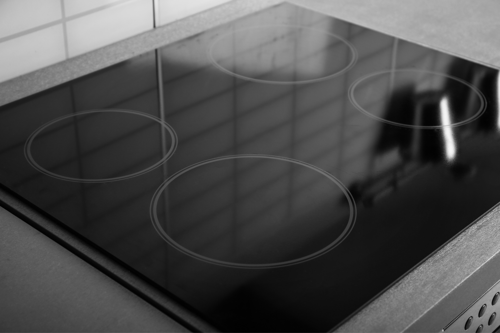When it comes to choosing a cooktop for your kitchen, gas and induction are the two primary options that most people consider. Both have their own unique set of benefits and drawbacks, and ultimately, the choice comes down to personal preference and cooking style. In this blog post, we'll dive into the key differences between gas and induction cooking and help you determine which one is right for you.
Gas Cooktops: The Traditional Choice

Gas cooktops have been the go-to choice for professional chefs and home cooks alike for many years. They offer several advantages, including:
- Instant heat: Gas burners provide immediate heat, allowing for precise control over cooking temperatures.
- Compatibility with all cookware: Gas cooktops work with any type of cookware, including cast iron, stainless steel, and non-stick pans.
- Visual feedback: The visible flame provides an intuitive indicator of heat intensity, making it easier to gauge temperature settings.
However, there are some drawbacks to gas cooking:
- Energy efficiency: Gas cooktops are generally less energy-efficient than induction cooktops, as heat is lost to the surrounding air.
- Safety concerns: Open flames pose a risk of fire, and gas leaks can lead to dangerous situations.
- Cleaning: Gas cooktops tend to be more challenging to clean due to the grates and burners.
Induction Cooktops: The Modern Alternative

Induction cooktops have gained popularity in recent years due to their energy efficiency and sleek design. Some advantages of induction cooking include:
- Energy efficiency: Induction cooktops use electromagnetic energy to heat cookware directly, minimizing heat loss and resulting in faster cooking times.
- Safety: The cooktop remains cool to the touch, reducing the risk of burns. Additionally, there are no open flames or gas leaks to worry about.
- Ease of cleaning: Induction cooktops have a smooth, flat surface that is easy to wipe clean.
However, induction cooking comes with its own set of drawbacks:
- Cookware compatibility: Induction cooktops require magnetic cookware, such as cast iron or stainless steel. Non-magnetic materials like aluminum or copper will not work.
- Initial cost: Induction cooktops tend to be more expensive upfront than gas cooktops.
- Learning curve: Some people may need time to adjust to the different cooking style and temperature controls of induction cooktops.
The Verdict: Which One Is Better?
Ultimately, the choice between gas and induction cooking depends on your personal preferences, cooking style, and budget. Gas cooktops offer the traditional experience with instant heat and visual feedback, while induction cooktops provide a modern, energy-efficient alternative with added safety features.
Before making a decision, consider factors like energy efficiency, safety, ease of cleaning, and cookware compatibility. Whichever option you choose, both gas and induction cooktops can provide an enjoyable cooking experience.








